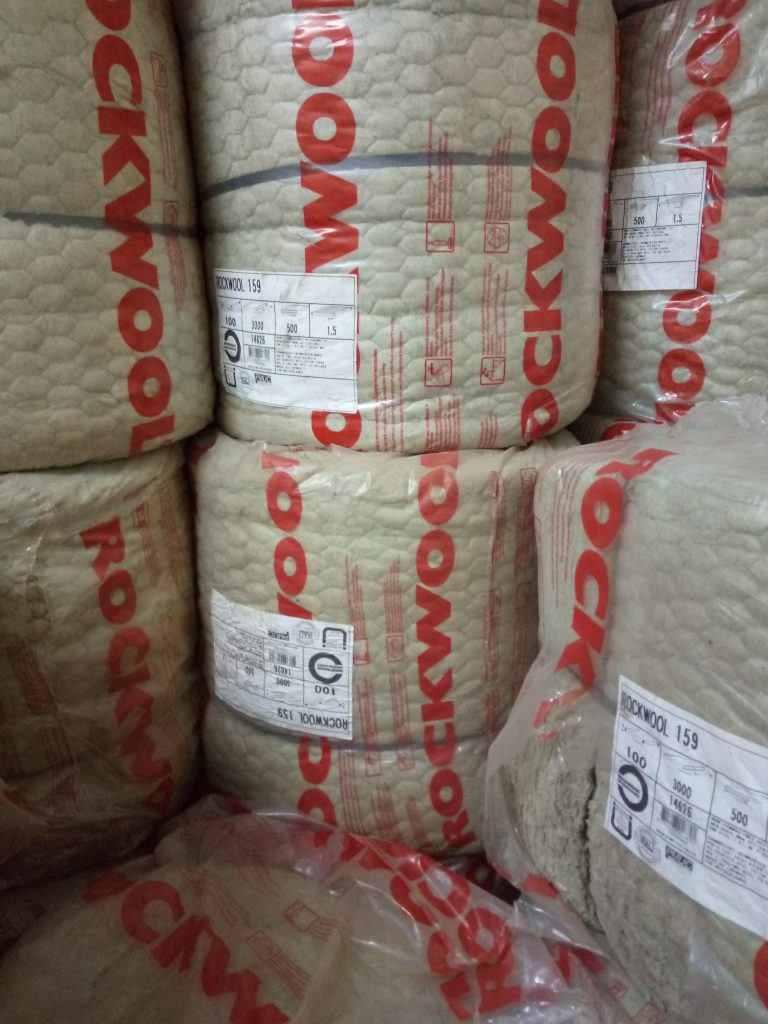
Looking for rockwool (mineral wool) insulation blankets in Rwanda or Tanzania? Kingsman Eng. & Industrial Insulation are the leading suppliers of rockwool insulation and other insulation materials in Kenya, Uganda, Tanzania and Rwanda.
We offer the best competitive prices in the region and great customer experience.
Reach us via +254 720 847 049 or Email: info@kingsmanengineering.co.ke
Formation Process
Natural rock is heated in a furnace to about 3,000 degrees until it melts into a liquid. The magma-like liquid is exposed to a high-pressure jet of air or steam, and then spun at super-high speed into long fiber strands. (Think: cotton candy machine filled with liquid rock.) The strands are captured and compressed into thick, dense mats, which are then cut into convenient-sized batts of insulation.
Rock wool features:
- Made from natural, sustainable material
- Typically contains up to 75 percent recycled content
- Retains heat well and traps air, which slows the transfer of heat
- Non-combustible and fire resistant to about 1,400 degrees
- Highly water repellent
- Excellent sound-deadening properties
- Higher insulating value than fiberglass
- Long-term performance—rock wool doesn’t degrade over time
- Allows moisture to escape (which deters mold and mildew)
- Dense, firm batts are friction-fit into place; no stapling necessary
Applications of Rock Wool Insulation
- Rock-wool insulation can be installed wherever you’d install fiberglass or any other type of insulation, including walls, floors, ceilings, attics and crawlspaces. However, it’s particularly well-suited for rooms along the cold north side of the house and for interior rooms in need of sound deadening, such as media rooms or music studios.
- Because rock wool is highly fire resistant, it’s ideal—and often code-required—for use as a firestop between floors of a house
- Rock wool is also easy to work with: The firm batts can be cut with a serrated knife or handsaw to fit snugly into place. If it gets wet, water beads up and rolls off without soaking into the fibers. The rock-wool fibers are compacted so tightly together that there’s no chance of the insulation shifting out of position or slumping down, which would dramatically decrease its insulating value.
